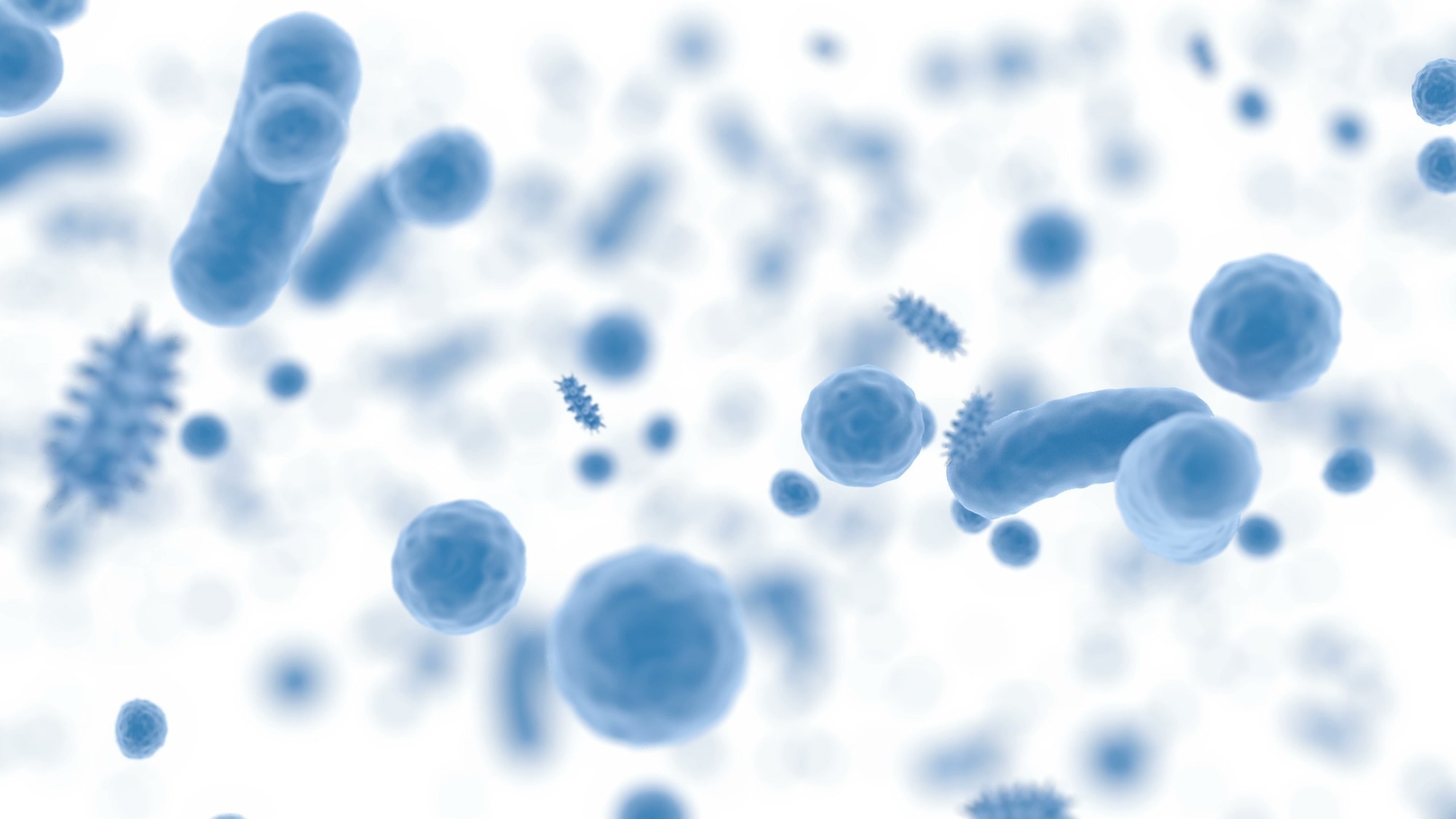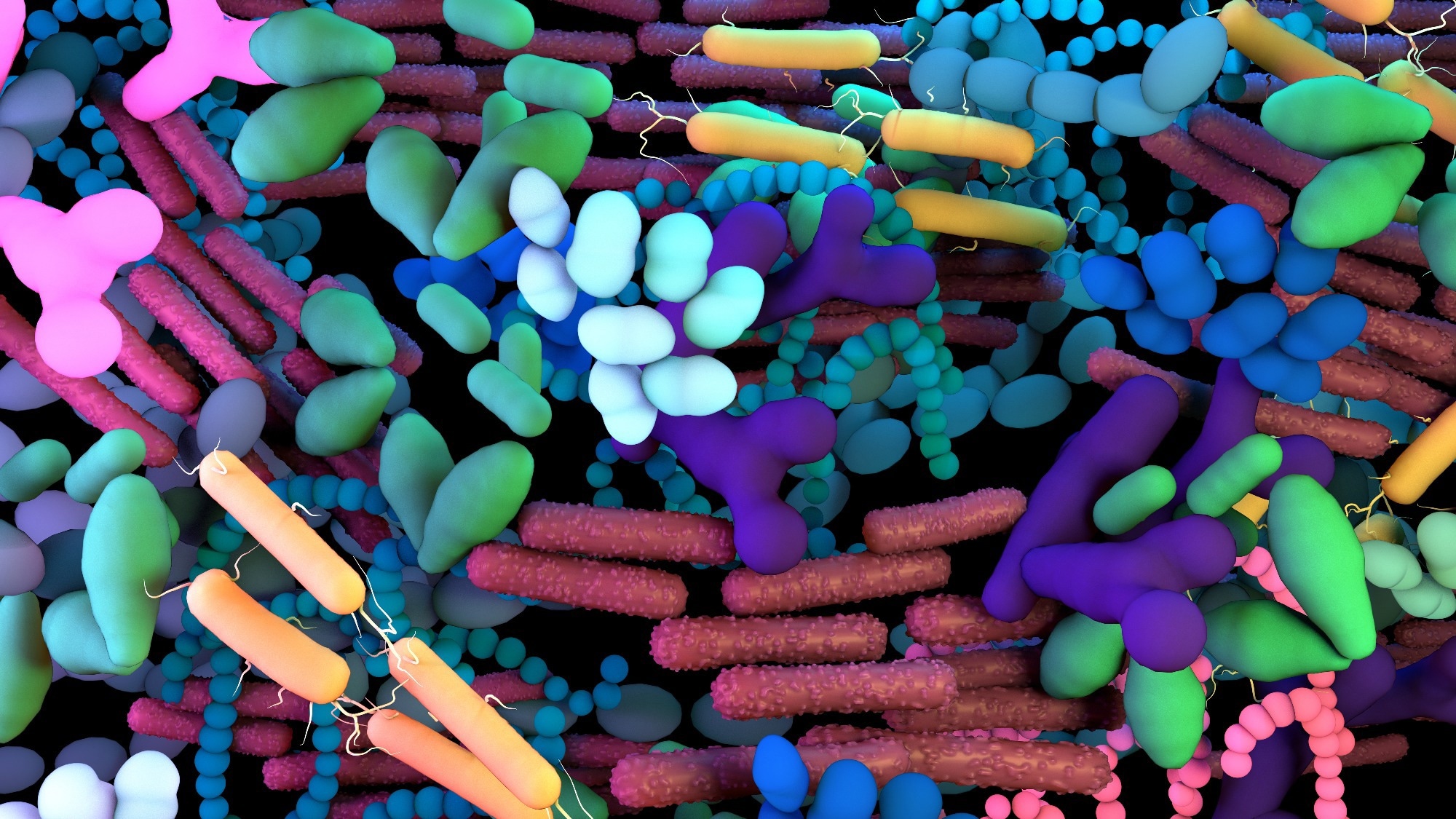Introduction
The uncircumcised PMB
Post-circumcision PMB
Conclusions
References
Further reading
The human body is host to trillions of microbes. The penis also harbors its own microbiota, which changes with circumcision. This shift is associated with a significant lowering of the risk of several sexually transmitted infections (STIs).
 Image Credit: Chinnapong/Shutterstock
Image Credit: Chinnapong/Shutterstock
Circumcision refers to the removal of the foreskin, or prepuce, of the penis, leaving the glans exposed. This removes the moisture and anoxia of the space between the prepuce and the glans, which favors microbial growth.
Several trials have demonstrated the benefits of circumcision for both males and females. Among men, the risk of STIs like human immunodeficiency virus (HIV), herpes simplex virus 2 (HSV-2) and human papilloma virus (HPV), which can have deadly sequelae, is lowered after male circumcision.
In females too, the chances of trichomoniasis and bacterial vaginosis (BV) are reduced if the male partners are circumcised.
This has led to some health bodies recommending circumcision to reduce HIV transmission among men, even though this is not a universally acceptable or feasible measure for multiple reasons, economic, logistical, and cultural. Some researchers, therefore, are focused on teasing out the underlying protective mechanism, hoping thereby to replicate the protective effect without surgery.
The most likely pathway for the lower HIV risk in circumcised men appears to be the reduction of moisture and anerobic conditions on the glans, thus preventing the overgrowth of microbes that could cause inflammation. Inflammation promotes the entry of HIV by activating the langerin+ Langerhans' cells and DC-SIGN+ dendritic cells, both of which are HIV targets.
The former are supposed to destroy the virus and prevent the infection of T cells by HIV. However, when microbes induce the production of inflammatory molecules like lipopolysaccharide (LPS), Toll-like receptor (TLR), or tumor necrosis factor (TNF)-α, Langerhans cells are activated and become efficient hosts for the virus.
This occurs with bacteria like Staphylococcus aureus, Group B Streptococcus, and genital pathogens such as Candida albicans and Neisseria gonorrhea. It is important to understand the changes in the penile microbiome (PMB) following circumcision.
 Image Credit: Volodimir Zozulinskyi/Shutterstock
Image Credit: Volodimir Zozulinskyi/Shutterstock
The uncircumcised PMB
Prior to circumcision, there are over three dozen bacterial families in the PMB. About 40% are aerobic, but over a fifth are anerobic. Slightly more, nearly a quarter, are facultative anerobes. About a tenth are unclassified.
The most abundant microbes are from Clostridiales family XI and Prevotellaceae. Familywise, the most abundant include Pseudomonas, Janthinobacteria, Anaerococcus and other Clostridiales, Prevotella, and Staphylococcus. Gardnerella comprised most of the Bifidobacteriaceae, while Sneathia represented the majority of Fusobacteriaceae.
Other anerobes included several species of Dialister, Veillonella, Peptostreptococcus, and Porphyromonas. There were more dominant families before circumcision.
Post-circumcision PMB
After circumcision, there are significant changes in the composition of the PMB, both bacteria and fungi. Predominantly anerobic genera of bacteria show a marked decline, but those which mostly comprise facultative anerobes increase in abundance. These changes are often on the scale of hundreds of times the original value, turning the post-circumcision PMB into something closely resembling the healthy skin microbiome.
Corynebacteriaceae and Staphylococcaceae became abundant at this point, though they are less pronounced in pre-circumcision samples. Pseudomonaceae remained abundant before and after circumcision. While Corynebacteriaceae are aerobic, the others are facultative anerobes.
 Read Next: What is Smegma?
Read Next: What is Smegma?Immunology eBook

Clostridiales and Campylobacterales also registered a marked decline, along with the fungi Saccharomycetales and Pleosporales.
The relative abundance of Porphyromonas increased to over 6% from 0.3% in the uncircumcised, mirroring a rise in Bacteroidales; that of Prevotella to ~13% from zero, while that of Staphylococcus dropped from ~27% to ~6%. Both Prevotella and Staphylococcus are present at stable levels over time in the PMB.
Opportunistic pathogens such as Staphylococcus aureus and Enterococcus species as well as strains of E. coli, Pseudomonas aeruginosa, and Klebsiella, or Clostridia, are 2-3 times more likely to be found in uncircumcised men vs. circumcised.
Overall, the post-circumcision PMB lacked the heterogeneity associated with the uncircumcised samples. The PMB dominated by Pseudomonas species may be the dominant type, with variations depending on the environment, host genotype, and mucosal immunity.
Conclusions
Overall, the composition and diversity of penile microbiota is impacted by male circumcision.”
Prior to circumcision, the subpreputial space might harbor multiple anerobic bacteria that trigger inflammation under certain circumstances. This may cause a loss of integrity of the epithelial barrier.
Secondly, it could lead to the activation of Langerhans cells, present in abundance near the surface of the lightly keratinized skin of the inner aspect of the prepuce. These are the HIV target cells.
The result is the presentation of HIV by these cells to the CD4 follicular T cells within the lymph nodes draining that area. This could explain why the HIV risk, as well as that of other STIs, is lower in circumcised men.
Circumcision also causes a shift in the PMB because of the differences in the tolerances of the microbes to atmospheric oxygen. A greater proportion are made up of facultative anerobes but no significant change is observed in that of aerobic bacteria. Pseudomonadaceae and Oxalobacteraceae, which comprise the two most abundant phyla, showed a positive association with each other. However, they were negatively correlated with Clostridiales family XI, Prevotellaceae, Corynebacteriaceae, and Staphylococcaceae.
One set of authors concluded,
Our study showed a significant reduction in bacteria and fungi after circumcision, particularly anaerobic bacteria, which are known to be potential inducers of inflammation and cancer.”
 Image Credit: Design_Cells/Shutterstock
Image Credit: Design_Cells/Shutterstock
References:
- Price, L. B. et al. (2023). The effects of circumcision on the penis microbiome. PLOS One. dhttps://doi.org/10.1371/journal.pone.0008422. https://pubmed.ncbi.nlm.nih.gov/20066050/.
- Onywera, H. et al. (2020). The penile microbiota in uncircumcised and circumcised men: relationships With HIV and human papillomavirus infections and cervicovaginal microbiota. Frontiers in Medicine. doi: https://doi.org/10.3389/fmed.2020.00383. https://www.frontiersin.org/articles/10.3389/fmed.2020.00383/full.
- Mishra, K. et al. (2022). characterization of changes in penile microbiome following pediatric circumcision. European Urology Focus. doi: https://doi.org/10.1016/j.euf.2022.12.007. https://www.eu-focus.europeanurology.com/article/S2405-4569(22)00290-5/fulltext.
- Liu, C. M. et al. (2013). Male circumcision significantly reduces prevalence and load of genital anaerobic bacteria. mBio. doi: https://doi.org/10.1128%2FmBio.00076-13. https://www.ncbi.nlm.nih.gov/pmc/articles/PMC3634604/.
Further Reading
- All Microbiome Content
- What is the Human Virome?
- How Does the Diet Impact Microbiota?
- The Microbiome of a Newborn
- Fecal Microbiota Transplant
Last Updated: Mar 14, 2023

Written by
Dr. Liji Thomas
Dr. Liji Thomas is an OB-GYN, who graduated from the Government Medical College, University of Calicut, Kerala, in 2001. Liji practiced as a full-time consultant in obstetrics/gynecology in a private hospital for a few years following her graduation. She has counseled hundreds of patients facing issues from pregnancy-related problems and infertility, and has been in charge of over 2,000 deliveries, striving always to achieve a normal delivery rather than operative.
Source: Read Full Article
